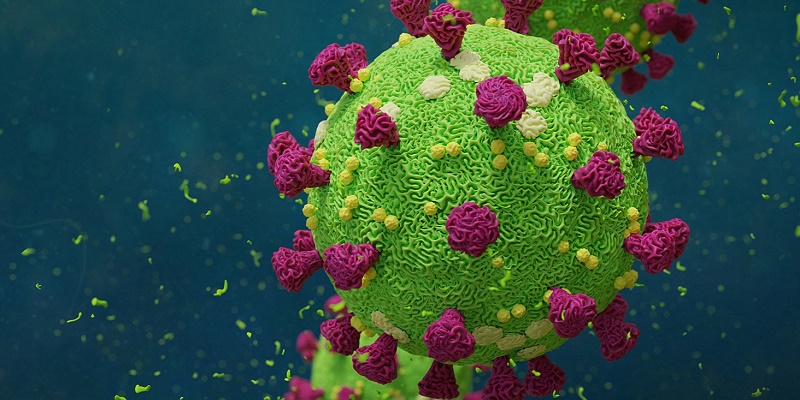On May 7, I will be hosting a webinar with my colleague Jessica Weaver that will summarize key insights from our recent study to develop a quantitative cell-based assay for the determination of relative potency of an anti-influenza antibody. In the wake of the current COVID-19 pandemic, this webinar will highlight:
1) The importance of streamlining the time and cost of bioanalytical testing to support therapeutic development for viral infections such as coronavirus and influenza;
2) The ability to/utility of translating a diagnostic readout into therapeutic potency; and
3) Performing the above within the constraints of cGMP regulatory expectations.
Many anti-viral therapies utilize antibodies to the virus or proteins expressed during infection to neutralize the virus or kill infected cells. Historically in vivo testing has been the go-to approach for potency estimation in creating such biotherapeutics, but this method is time-consuming and expensive – creating challenges and potential delays. As new infectious agents emerge, speed becomes more critical and demonstrated efficacy in vitro becomes even more important. That is why we must look to alternative strategies, in arenas like diagnostic testing where neutralization in a cell-based system is often employed to achieve the detection of an immune response to target viruses.
Translating a Diagnostic Virus Neutralization Method to Determine Anti-Viral Antibody Potency
In the webinar, Jessica and I will delve into the details of our method and its development in which we leveraged the World Health Organization (WHO)’s microneutralization assay for influenza diagnostics—used to detect anti-influenza antibodies via infected cells—to create and validate a quantitative in vitro method for quantification of the relative potency (effectiveness) of a monoclonal antibody (VIS410) that can inhibit influenza virus activity. VIS410 is broadly neutralizing MAb that binds the hemagglutinin stem of influenza A viruses.
We will detail our methods to establish optimal experimentation conditions for creating the assay to serve as a GMP method for the quantification of antibody relative potency, and show how evaluation after optimization indicated that the assay was suitable for validation and routine use. While this particular assay determines the efficacy and relative potency of an anti-influenza antibody, it serves as a general example of the method’s applicability to similar influenza-neutralizing therapeutics and shows that the concepts can be extended to other viral infections such as COVID-19.
New Infectious Agents Demand New Scientific Ingenuity
The treatment of viral infections has, now more than ever, become an important aspect of modern therapeutic development. As new infectious agents emerge, our industry must be prepared to address them with greater speed and with more effective therapies to save lives. At BioAgilytix, we are always looking to innovate our testing approaches and at ways to leverage methods proven in other drug development arenas to support our customers’ new bioanalytical requirements and needs.
Join the BioAgilytix Webinar to Learn More
Thursday, May 7, 2020 at 10:00 AM EDT / 15:00 BST / 7:00 AM PST
Biotech, pharma, medical professionals, and those in academia will all benefit from attending to learn how this assay was developed and can be validated to current regulatory standards. Register today through Bioanalysis Zone here.
